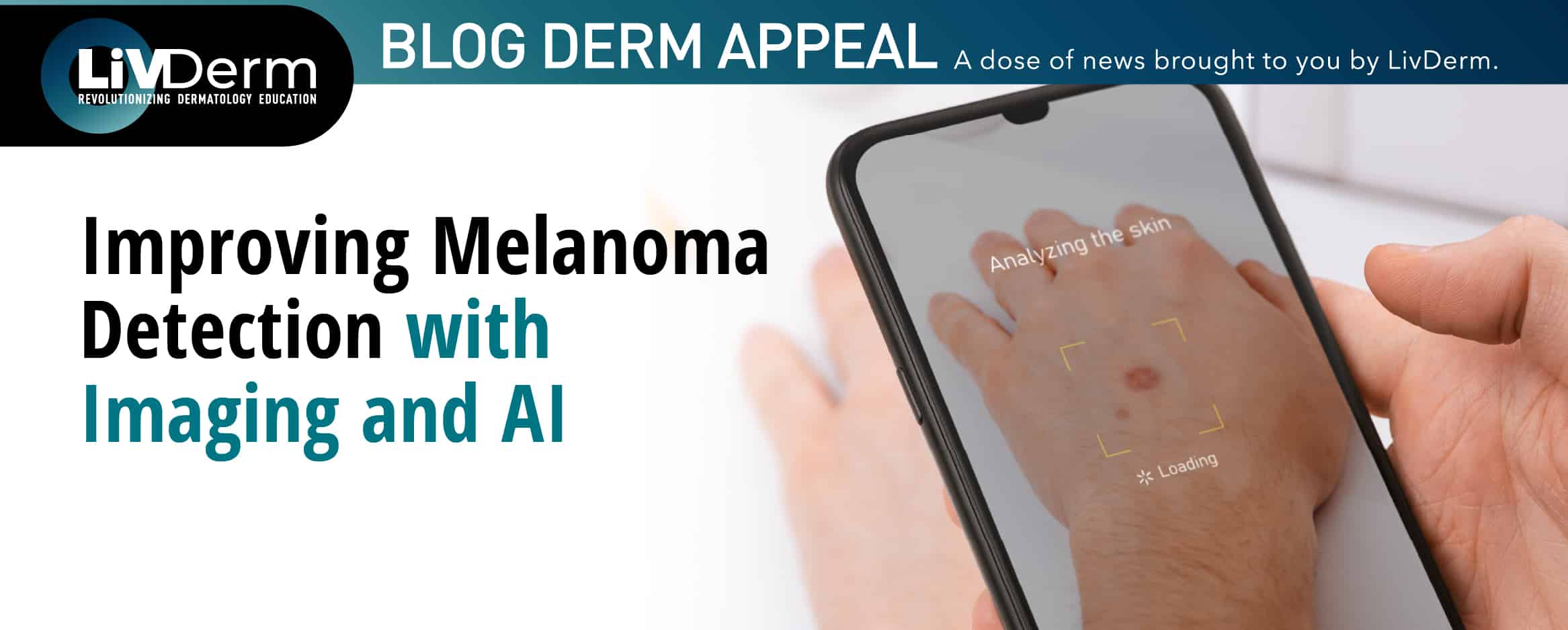Rosacea, a common facial skin disease, is estimated to affect over 16 million Americans. According to the National Rosacea Society, “Rosacea may develop in many ways and at any age, [yet] patient surveys indicate that it typically begins any time after age 30 as flushing or redness on the cheeks, nose, chin or forehead that may come and go.”
While there is no cure for rosacea, there are various treatment methods available to control the condition. However, due to the fact that the disease varies from patient to patient, these treatment methods must be tailored to each individual patient.
A recent study of Erenumab, a CGRP-receptor antagonist, aimed to evaluate its effectiveness in rosacea treatment. The open-label, single-group, nonrandomized study included 30 patients, of which 27 completed the full study. Each received 140 mg of erenumab subcutaneously every 4 weeks for a 12-week period.
Results of the study revealed that the mean number of days that patients experienced extreme flushing was reduced by –6.9 days from 23.6 days at baseline. Additionally, the mean number of days with moderate-to-severe erythema was reduced by −8.1 days from 15.2 days at baseline.
According to Nita Katarina Frifelt Wienholtz, MD, PhD, investigator in the study, “Erenumab, a CGRP-receptor antagonist, significantly reduced the number of days with moderate to severe flushing and erythema following 12 weeks of treatment. Our results suggest that CGRP-receptor inhibition holds promise as a treatment approach for rosacea.”
During the study, adverse events experienced included transient mild-to-moderate constipation (33%), transient worsening of flushing (13%), bloating (10%), upper respiratory tract infections (10%).
Sources:
- https://www.rosacea.org/press/2024/april/rosacea-awareness-month-highlights-skin-care-as-new-frontier-against-life-disruptive-disorder-affecting-16-million-americans
- Management Options For Rosacea
- Wienholtz NKF, Christensen CE, Do TP, et al. Erenumab for Treatment of Persistent Erythema and Flushing in Rosacea: A Nonrandomized Controlled Trial. JAMA Dermatol. Published online April 17, 2024. doi:10.1001/jamadermatol.2024.0408
- Erenumab may reduce flushing, erythema in rosacea
















